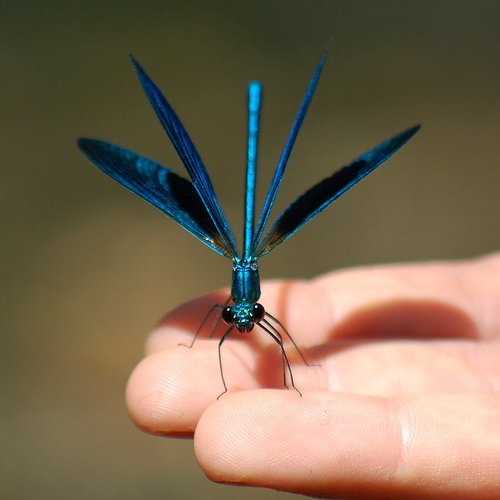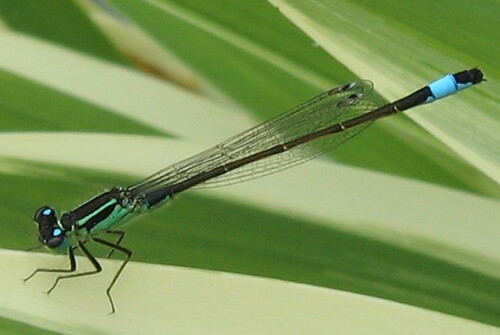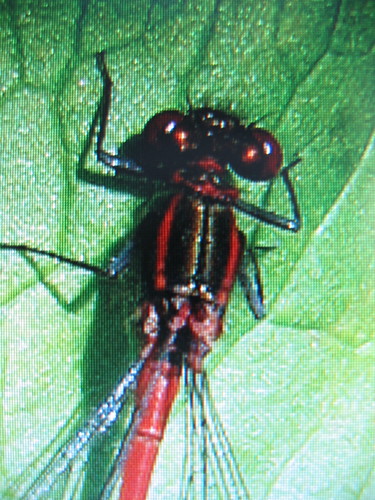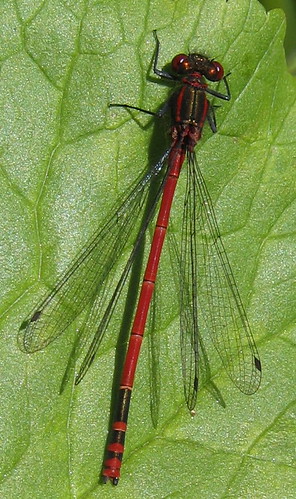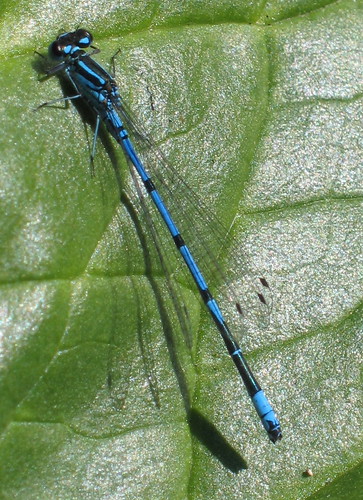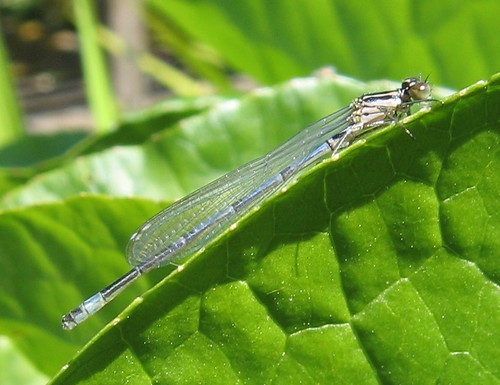OK, enough with the all the Murdoch-ery. Time for something a bit more wholesome.
Summer isn’t a great time for birding; you can tell when summer is well and truly here because bird bloggers start posting pictures of moths. Moths are like birdwatcher methadone.

So it seemed like a good time of year to check out a dragonfly sanctuary. 23 species have been recorded there — half the British list — although to be honest, there are a fairly limited number I would have any chance of identifying. In the event I only saw a handful of species; some small blue damselflies, plus Banded Demoiselle, Emperor Dragonfly and Brown Hawker. But Banded Demoiselle and Brown Hawker are particularly gorgeous, so it’s always nice to see them. The Brown Hawker has a bronze-brown tint to its wings which looks amazing when it catches the light: like a warm halo around the insect.
And there were lots of butterflies around, too: Peacock, Red Admiral, Comma, Meadow Brown, Gatekeeper, Large Heath, Small Skipper. Nothing very remarkable, but nice to see. The best butterfly was Small Tortoiseshell, a species which used to be common as muck but which is depressingly scarce in the south of England these days.
And lots of flowers. I can’t identify most of them down to the species level, and didn’t try, but for example: loosestrife, willowherb, vetch, yarrow, mallow, bedstraw, deadnettle, teasels and thistles. What fabulous names they have.
The photo, incidentally, is of cinnabar moth caterpillars and soldier beetles on ragwort flowers. One of the beetles is Rhagonycha fulva; the other looks like it has darker wingcases, in which case it’s probably Cantharis rustica. But I’m relying on a pocket guide to the insects of Britain and Western Europe, so anything I say should be taken with a pinch of salt.
